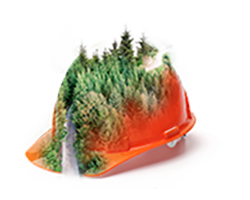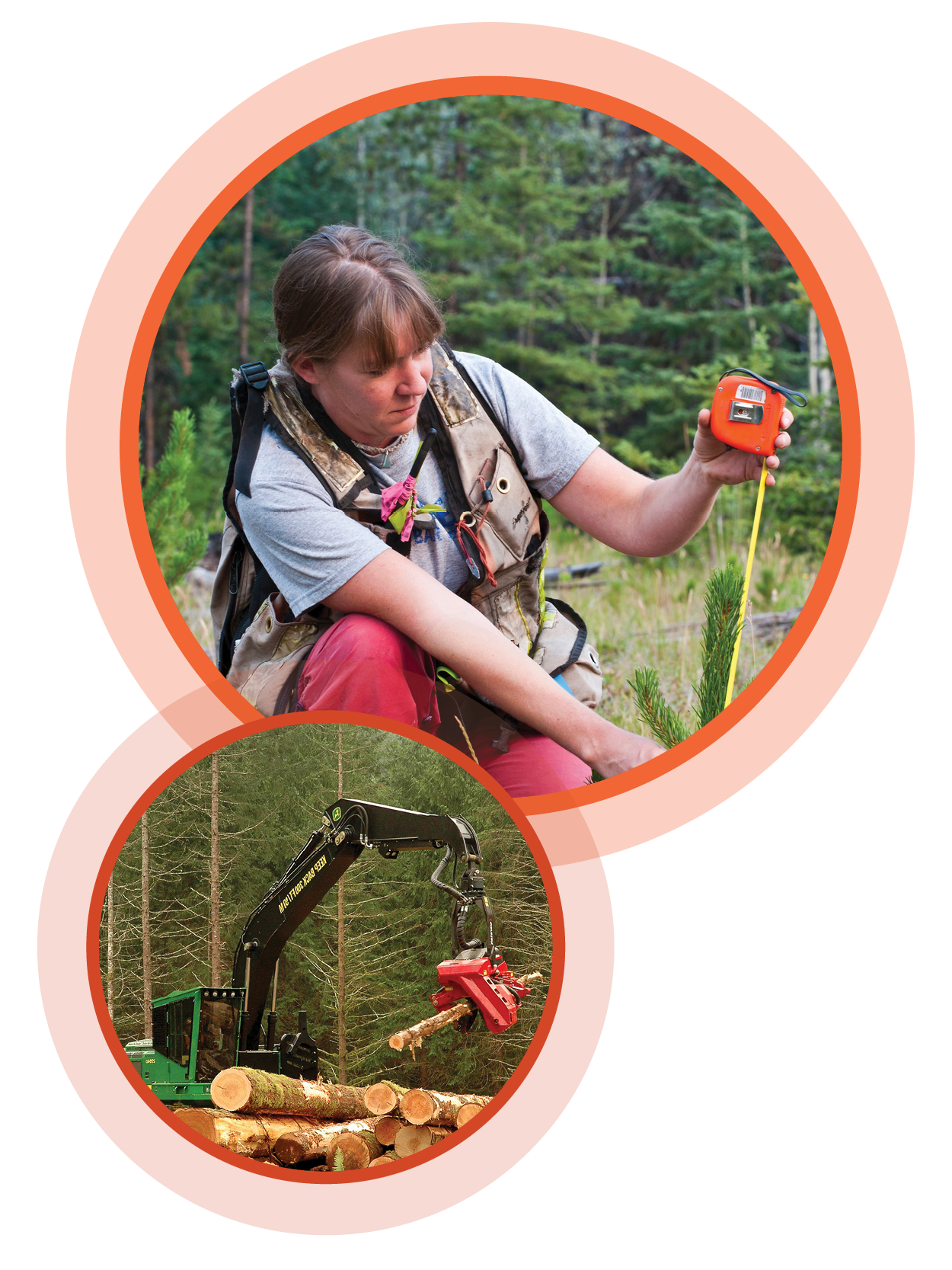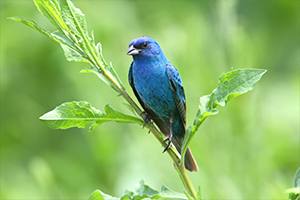 Key Concepts: Sustainable forest management ensures attention to natural processes and goal-oriented decisions and actions to achieve a variety of desired outcomes, including ecological (e.g., wildlife habitat), economic (e.g., timber production) and social (e.g., recreation) outcomes. Many outcomes are interrelated and are often managed simultaneously. [PLT’s Forest Literacy Framework, Concept 3.B.5]
Key Concepts: Sustainable forest management ensures attention to natural processes and goal-oriented decisions and actions to achieve a variety of desired outcomes, including ecological (e.g., wildlife habitat), economic (e.g., timber production) and social (e.g., recreation) outcomes. Many outcomes are interrelated and are often managed simultaneously. [PLT’s Forest Literacy Framework, Concept 3.B.5]
Objectives: Provide opportun ities for learners to:
- Explore the concept of forest sustainability.
- Recognize connections between forests and the United Nations’ Sustainable Development Goals
Session Time: 50 minutes
Setting: Indoors
 In 2015, the 193 countries of the United Nations General Assembly adopted the 2030 Agenda for Sustainable Development, also known as the 2030 Agenda. Since then, the 2030 Agenda and its 17 Sustainable Development Goals (SDGs) have become the framework for many countries, companies, and conservation organizations to examine the contribution of their activities to sustainable development. Forests play an integral role in many of these goals.
In 2015, the 193 countries of the United Nations General Assembly adopted the 2030 Agenda for Sustainable Development, also known as the 2030 Agenda. Since then, the 2030 Agenda and its 17 Sustainable Development Goals (SDGs) have become the framework for many countries, companies, and conservation organizations to examine the contribution of their activities to sustainable development. Forests play an integral role in many of these goals.
The 2030 Agenda is centered on four main objectives: eradicate poverty, heal the planet, secure prosperity for all, and foster peace and justice. It reaffirms the need to make progress in all three dimensions of sustainable development—economic, social, and environmental—and commits the international community to act together to overcome the complex challenges facing the world in the 21st century.
Materials:
Slips of paper with Sustainable Development Goals, box or other container, markers, and poster paper (or presentation software).
Get Ready:
Copy and cut apart the Sustainable Development Goals from the worksheet. There should be one goal for each team of 2-4 learners. While most of the 17 Sustainable Development Goals are connected to forests in some way, you might choose to use only the ones with the more obvious connections, such as Goal 1, Goal 2, Goal 3, Goal 6, Goal 7, Goal 8, Goal 11, Goal 12, Goal 13, and Goal 15. Place the slips in a box or other container.
 Introduce
Introduce
Ask the group what they think the word “sustainable” means. Divide learners into teams of 2-4, and challenge them to come up with a definition for sustainable. Ask a few teams to share their definitions. Identify the key components of the group’s definitions. Ask, “What might the term ‘forest sustainability’ mean? How would we know if a particular forest is being managed sustainably?”
Experience
- Introduce learners to the Sustainable Development Goals (see Background).
- Have each team draw a slip with a goal to analyze. Encourage teams to consider:
- How are trees connected to this goal? How do forests help achieve this goal?
- How does sustainable forest management help to achieve this goal?
- How could a country tell if it is making progress toward this goal? What data would be needed?
- What jobs can help countries work toward this goal?
- Challenge teams to make a poster of their goal that includes:
- A description of the goal
- Its connection to forests
- A job that would help countries meet that goal Teams may use poster paper and markers, or digital tools such as presentation or mind-mapping software.
- Give teams 10-15 minutes to complete their posters
Connect
Have teams display their posters and describe to the group their main points. Discuss:
- What is the aim of the Sustainable Development Goals?
- How are forests and sustainable development connected?
- How might these goals relate to the sustainability of other natural resources like water, air, fish, or wildlife?
Invite students to share their ideas about what people can do in their own lives to support forest sustainability.
TAKE ACTION!
Challenge students to find out what is being done in their state or region to ensure forest sustainability, either through work toward the Sustainable Development Goals or other efforts.


 Key Concepts: Sustainable forest management ensures attention to natural processes and goal-oriented decisions and actions to achieve a variety of desired outcomes, including ecological (e.g., wildlife habitat), economic (e.g., timber production) and social (e.g., recreation) outcomes. Many outcomes are interrelated and are often managed simultaneously. [PLT’s Forest Literacy Framework, Concept 3.B.5]
Key Concepts: Sustainable forest management ensures attention to natural processes and goal-oriented decisions and actions to achieve a variety of desired outcomes, including ecological (e.g., wildlife habitat), economic (e.g., timber production) and social (e.g., recreation) outcomes. Many outcomes are interrelated and are often managed simultaneously. [PLT’s Forest Literacy Framework, Concept 3.B.5] In 2015, the 193 countries of the United Nations General Assembly adopted the 2030 Agenda for Sustainable Development, also known as the 2030 Agenda. Since then, the 2030 Agenda and its 17 Sustainable Development Goals (SDGs) have become the framework for many countries, companies, and conservation organizations to examine the contribution of their activities to sustainable development. Forests play an integral role in many of these goals.
In 2015, the 193 countries of the United Nations General Assembly adopted the 2030 Agenda for Sustainable Development, also known as the 2030 Agenda. Since then, the 2030 Agenda and its 17 Sustainable Development Goals (SDGs) have become the framework for many countries, companies, and conservation organizations to examine the contribution of their activities to sustainable development. Forests play an integral role in many of these goals. Introduce
Introduce